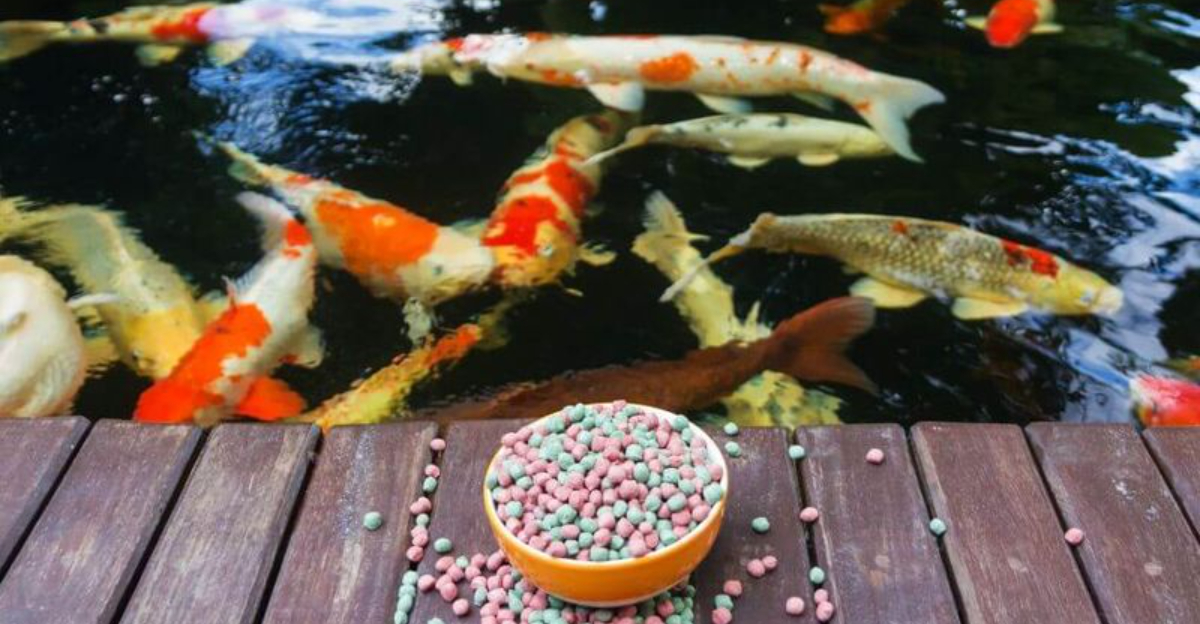Raising fish in Arizona? It’s tough.
Our desert heat hits over 110°F in summer. Keeping fish alive and happy takes know-how—and a bit of luck. I’ve spent 15 years in Phoenix, learning what works, and what doesn’t.
Here’s what I learned: these tips will help you beat the heat and keep your fish thriving. No expensive gear, no heartbreak—just proven strategies for desert fish-keeping success.
1. Choose Heat-Tolerant Fish Species
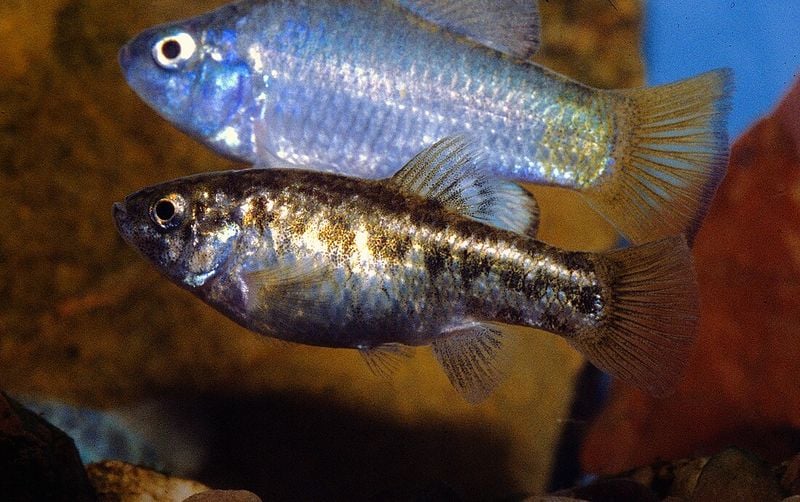
My first desert aquarium was a disaster! I stocked it with cool-water species that quickly succumbed to the summer heat. Learn from my mistake by selecting naturally heat-resistant fish varieties.
Tilapia, mollies, guppies, and certain cichlids thrive in warmer waters. Native desert pupfish have evolved specifically for temperature fluctuations. African cichlids from Lake Malawi naturally inhabit waters reaching 82-86°F, making them perfect candidates.
Research each species’ temperature tolerance range before purchasing. Avoid goldfish, koi, and trout—they’re cool-water species that struggle in Arizona’s climate without expensive cooling systems.
2. Implement Shade And Cooling Systems
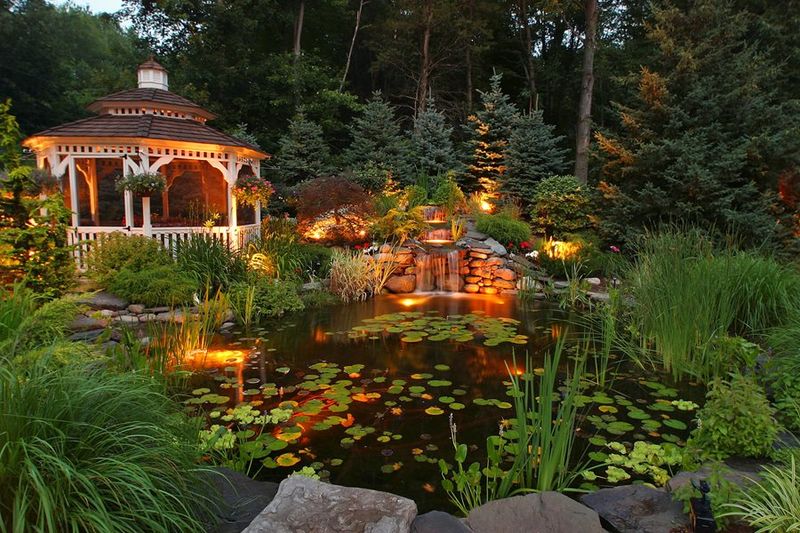
Shade is your aquarium’s best friend in the desert. Strategic placement under existing structures or creating custom shade sails can reduce water temperatures by 5-10 degrees.
For my backyard pond, I installed a pergola with vining plants that provide natural cooling through evapotranspiration. Commercial chillers work wonders but consume significant electricity.
Budget-friendly alternatives include floating plants like water hyacinth or water lettuce that provide surface coverage.
Frozen water bottles can serve as emergency cooling during extreme heat waves—just monitor water parameters closely when using this method since rapid temperature changes stress fish.
3. Optimize Water Circulation And Aeration

Warmer water holds less dissolved oxygen, a fact I painfully discovered after losing several fish during a July power outage. Multiple aeration points create life-saving oxygen exchange in hot conditions.
Fountains, waterfalls, and air stones aren’t just decorative—they’re survival tools in Arizona’s summer.
Solar-powered backup systems provide peace of mind during our notorious monsoon-season outages. Surface agitation breaks thermal stratification, preventing dangerous hot spots from forming.
Remember that increased water movement also accelerates evaporation, so monitor water levels daily during peak summer months.
4. Monitor Water Quality Regularly
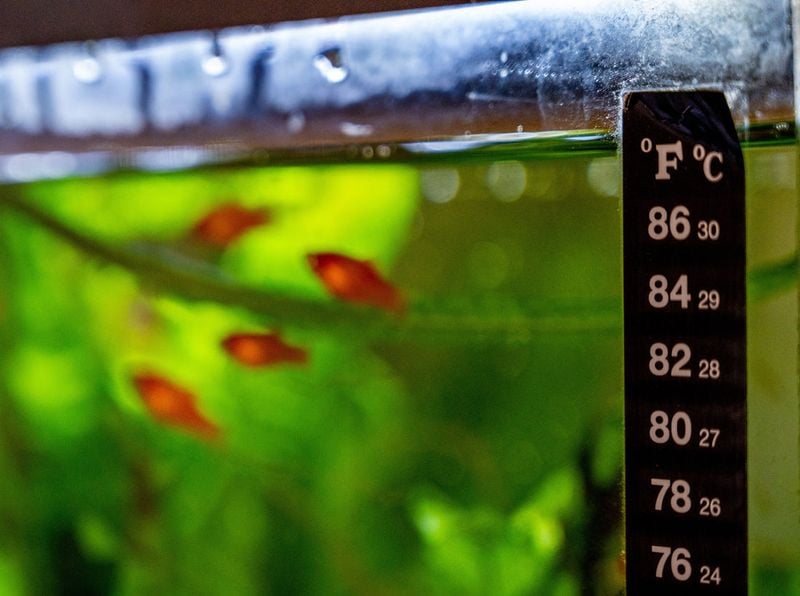
The summer I neglected testing cost me an entire generation of fingerlings!
Ammonia becomes increasingly toxic at higher temperatures, so test water parameters at least twice weekly during summer. Partial water changes (15-20%) should happen more frequently than in cooler climates—I schedule mine every 3-4 days during peak heat.
Keep testing supplies in a climate-controlled environment. Heat can degrade testing chemicals and produce false readings.
Digital meters offer more reliable results than test strips when ambient temperatures are extreme.
5. Utilize Recirculating Aquaculture Systems (RAS)
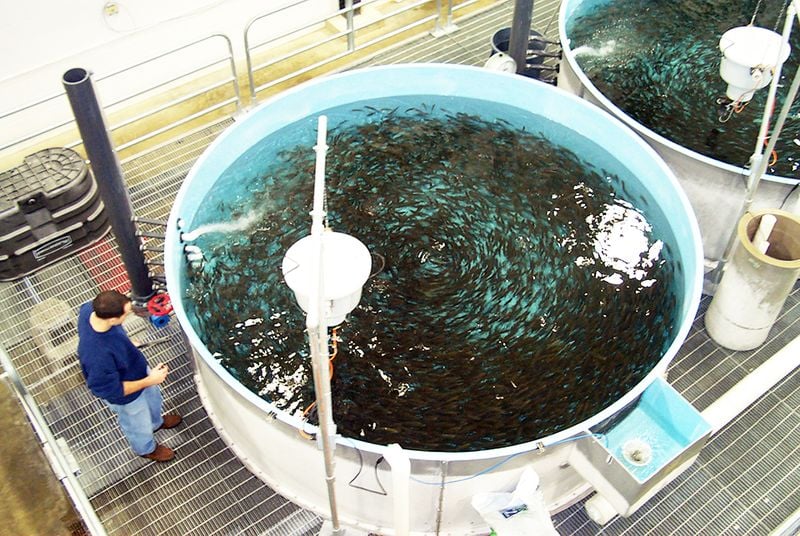
RAS technology revolutionized my desert fish-keeping experience. These closed-loop systems minimize water loss while maintaining optimal conditions through mechanical, biological, and sometimes UV filtration.
Temperature stability makes RAS particularly valuable in Arizona. My system maintains ±2°F even when outdoor temperatures swing 30+ degrees between day and night.
Start small with a pilot system before scaling up. Several Arizona fish farms offer workshops on building DIY recirculating systems specifically designed for our climate challenges.
6. Optimize Feeding Practices
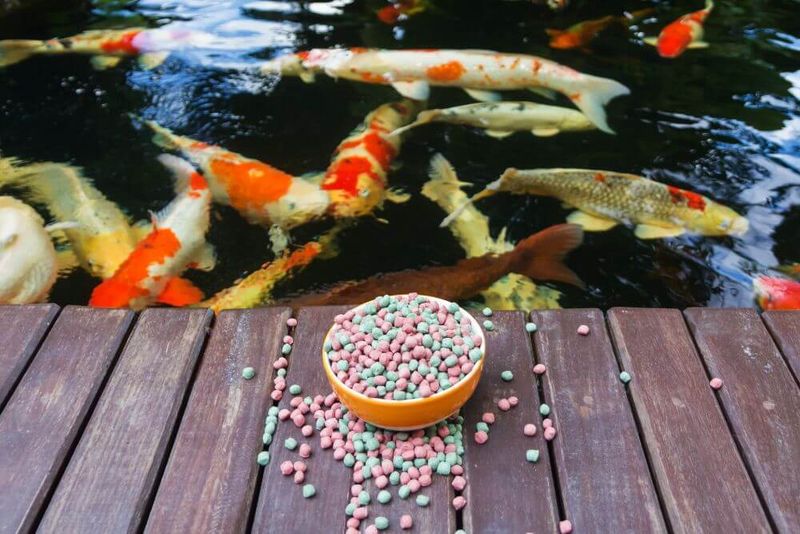
Fish metabolism increases with temperature, but so does water’s tendency to become oxygen-depleted. Finding this balance took me years of experimentation.
During extreme heat (105°F+), I reduce feeding to once daily in early morning when temperatures are lowest. High-protein foods require more oxygen to metabolize, so consider switching to lower-protein formulations during summer months.
Always remove uneaten food promptly—it decomposes faster in warm water.
Automatic feeders help maintain consistent schedules but place them where direct sunlight won’t degrade food quality. Some species may benefit from seasonal fasting periods that mirror natural feeding cycles.
7. Implement Integrated Aquaponics Systems
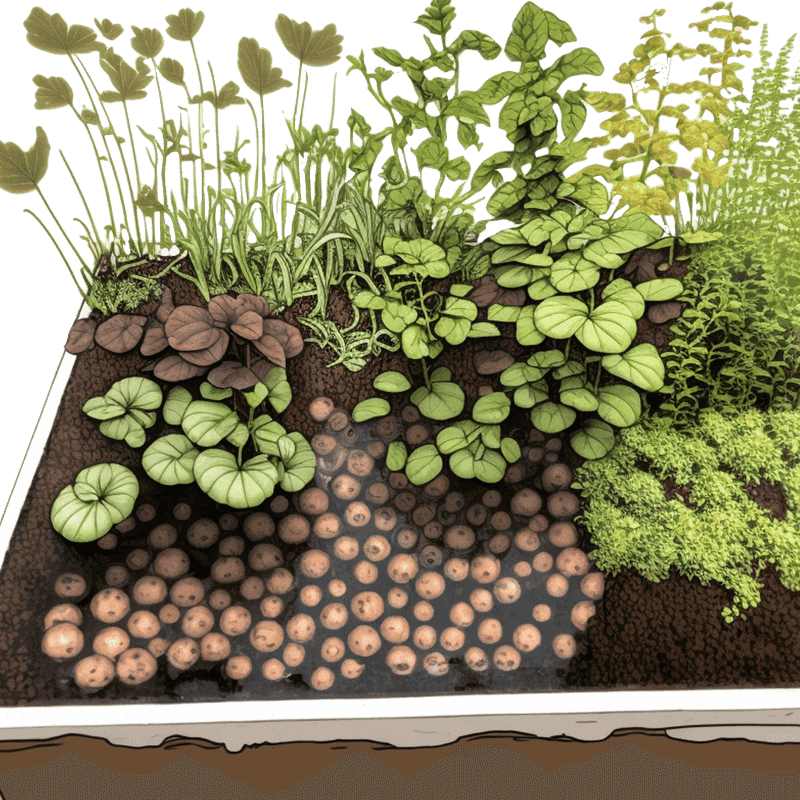
My garage-based aquaponics setup has become the envy of the neighborhood! Fish waste fertilizes plants while plants filter water for the fish—a win-win in our water-conscious state.
The plant canopy provides natural shade and cooling through evapotranspiration. Growing native desert plants that naturally tolerate heat reduces system stress during summer.
Media beds with expanded clay pellets offer excellent surface area for beneficial bacteria while maintaining thermal mass that moderates temperature swings.
Start with hardy fish like tilapia paired with heat-loving vegetables such as okra, peppers, and eggplant. The University of Arizona offers excellent resources specifically for desert aquaponics systems.
8. Utilize Automation And LoT Technologies
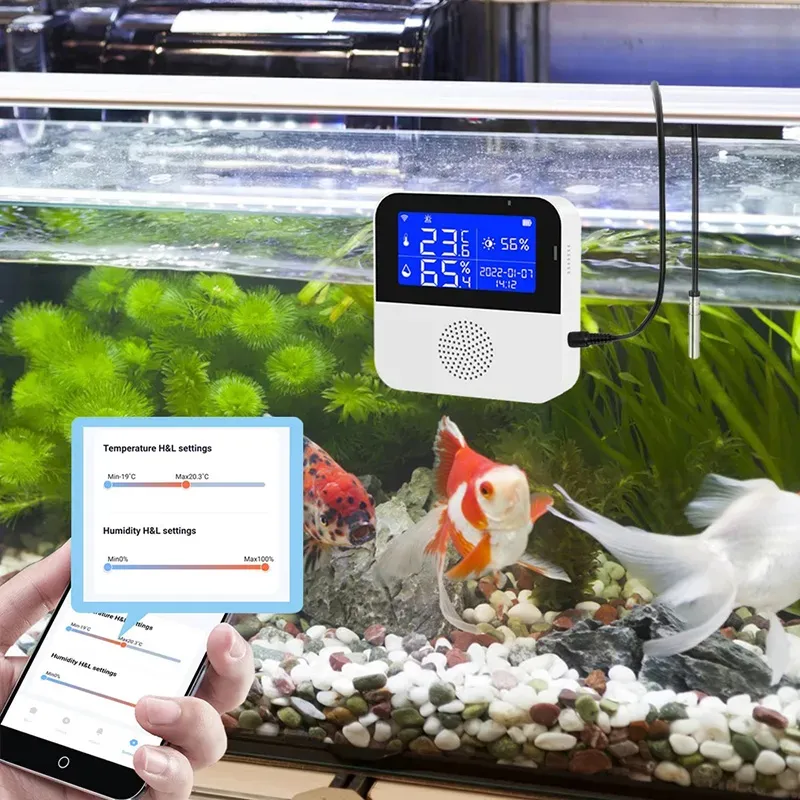
Remote monitoring systems alert me to temperature spikes before they become lethal.
Automated water top-off systems compensate for evaporation losses. Temperature sensors can trigger additional aeration or cooling when thresholds are exceeded. Power backup systems are non-negotiable in Arizona—our summer storms frequently cause outages just when cooling is most critical.
Many systems now offer smartphone integration for real-time monitoring and control. Start with basic temperature and power monitoring before adding more complex automation features like automated water changes or feeding systems.
9. Implement Water Conservation Practices
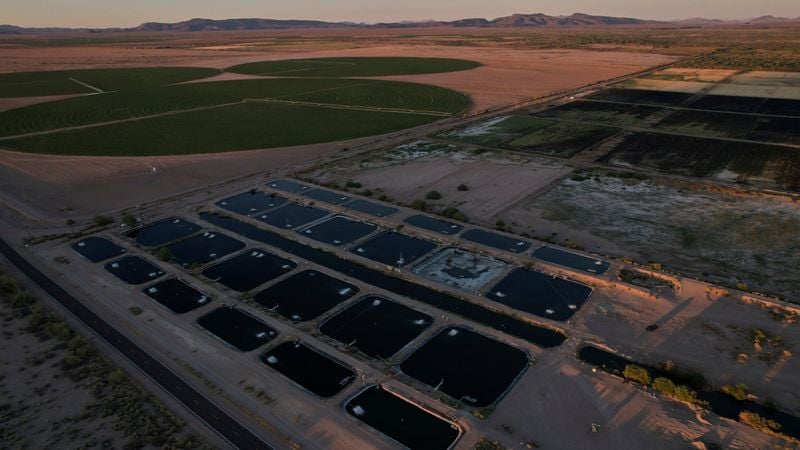
Living in the desert taught me to treat water as precious gold. Evaporation can claim inches per week from open systems during summer!
Covering water surfaces during peak heat reduces evaporation by up to 90%. Collecting and storing winter rainwater provides chemical-free replacement water during summer months. I use shade balls—floating plastic spheres—on my larger systems to dramatically reduce evaporation while still allowing gas exchange.
Reuse water from water changes to irrigate heat-tolerant landscaping. This practice has transformed my once-barren yard into a desert oasis while conserving our region’s most precious resource. Every drop saved counts in our arid environment.
10. Stay Informed On Regulatory Requirements
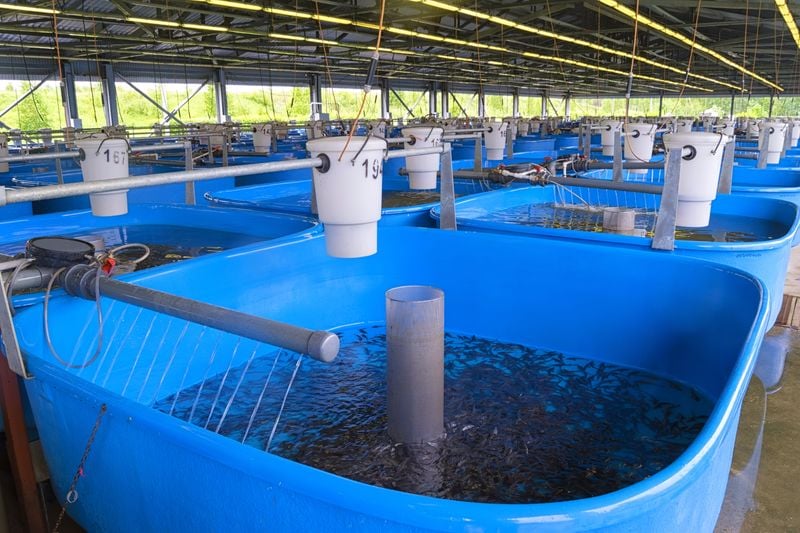
Arizona has strict regulations regarding certain fish species to protect our fragile desert waterways.
Non-native species can devastate local ecosystems if released. The Arizona Game and Fish Department requires permits for raising specific fish varieties, particularly those used for food production.
Regulations change frequently, so join local aquaculture groups to stay updated.
Maintain detailed records of fish purchases and breeding activities. Building relationships with local extension offices provides valuable guidance on compliance issues. Remember that regulations often differ between personal hobby systems and commercial operations.
